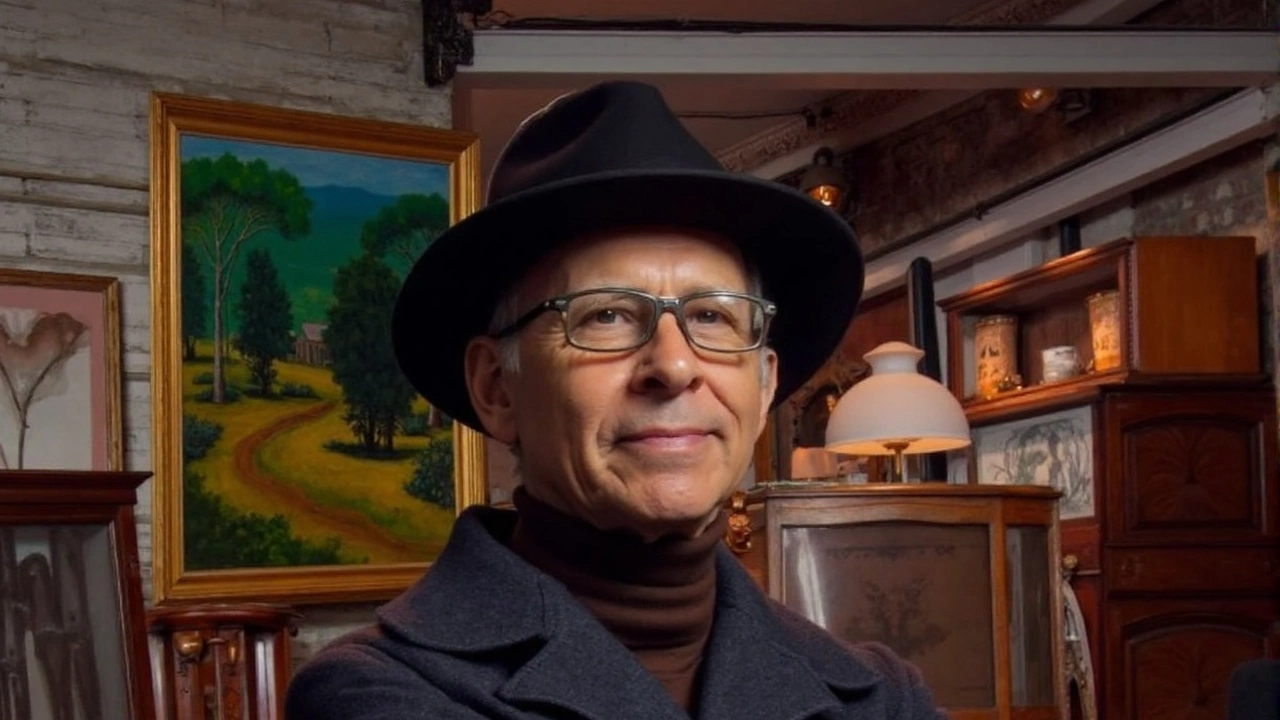Vintage Watches – Your Guide to Classic Timepieces
When talking about vintage watches, timepieces made at least a generation ago that showcase historic designs, craftsmanship, and often unique mechanical movements. Also known as classic timepieces, they appeal to anyone who loves the blend of art and engineering on a wrist.
One of the core reasons collectors gravitate toward these pieces is the mechanical watch, a watch powered by a spring‑driven movement rather than a battery. Mechanical watches demand regular winding or the subtle motion of the wearer, giving a tactile connection to the device’s inner workings. This mechanical nature vintage watches encompass, meaning they often feature hand‑crafted components, visible engravings, and period‑specific complications like chronographs or moon phases. Understanding how a mechanical movement works is the first step toward truly appreciating a vintage piece.
Collecting, Restoring, and the Market
Every serious watch collector, someone who actively seeks, buys, and curates timepieces for personal enjoyment or investment knows that knowledge of watch restoration, the process of cleaning, repairing, and sometimes refurbishing a watch to bring it back to its original condition is essential. Restoration influences the value chain: a well‑restored watch can fetch a higher price at auction, while a poorly handled one may lose its originality and market appeal. The relationship is clear: watch restoration requires skill, tools, and respect for the original design, and it directly affects the collectible’s worth.
Speaking of value, watch auctions, public sales where bidders compete for rare or desirable timepieces play a pivotal role in shaping the vintage market. Auction results often set price benchmarks, influencing private sales and dealer inventories. When a legendary model sells for a record sum, it can spark a surge of interest in that brand or era, driving both demand and research. In short, watch auctions influence how collectors price and prioritize their acquisitions.
Beyond the mechanics and market, the cultural backdrop adds depth. Many vintage pieces carry stories tied to historic events, famous personalities, or iconic design movements like Art Deco or the post‑war minimalist era. These narratives make each watch more than a functional object; they become a portable slice of history. Whether you’re eyeing a 1960s Omega Speedmaster, a 1950s Rolex Submariner, or an obscure Swiss chronograph, the story behind the dial helps you decide if it fits your collection.
So what can you expect from the articles below? You’ll find deep dives into specific models, step‑by‑step restoration advice, tips on spotting authentic vintage pieces, and updates on recent auction results that could affect your buying strategy. Each post is curated to give you practical knowledge, whether you’re just starting out or you’re a seasoned enthusiast looking for the next treasure.
Ready to explore? Scroll down to discover detailed guides, expert interviews, and real‑world examples that will help you navigate the fascinating world of vintage watches.
Ronnie Archer Morgan: From Care Homes to Antiques Roadshow Authority
Ronnie Archer Morgan’s route to Antiques Roadshow started in care homes, detoured through a Vidal Sassoon salon, and landed in a Knightsbridge gallery. Self-taught and sharp-eyed, he made a name in vintage watches, wallets, cigar cases, and luggage. Along the way he challenged barriers in a trade that rarely saw Black dealers. His memoir traces that journey and the foster family he says saved his life.
